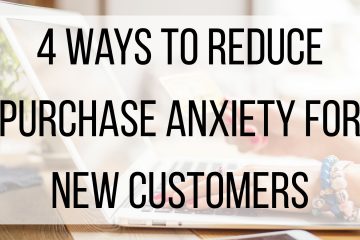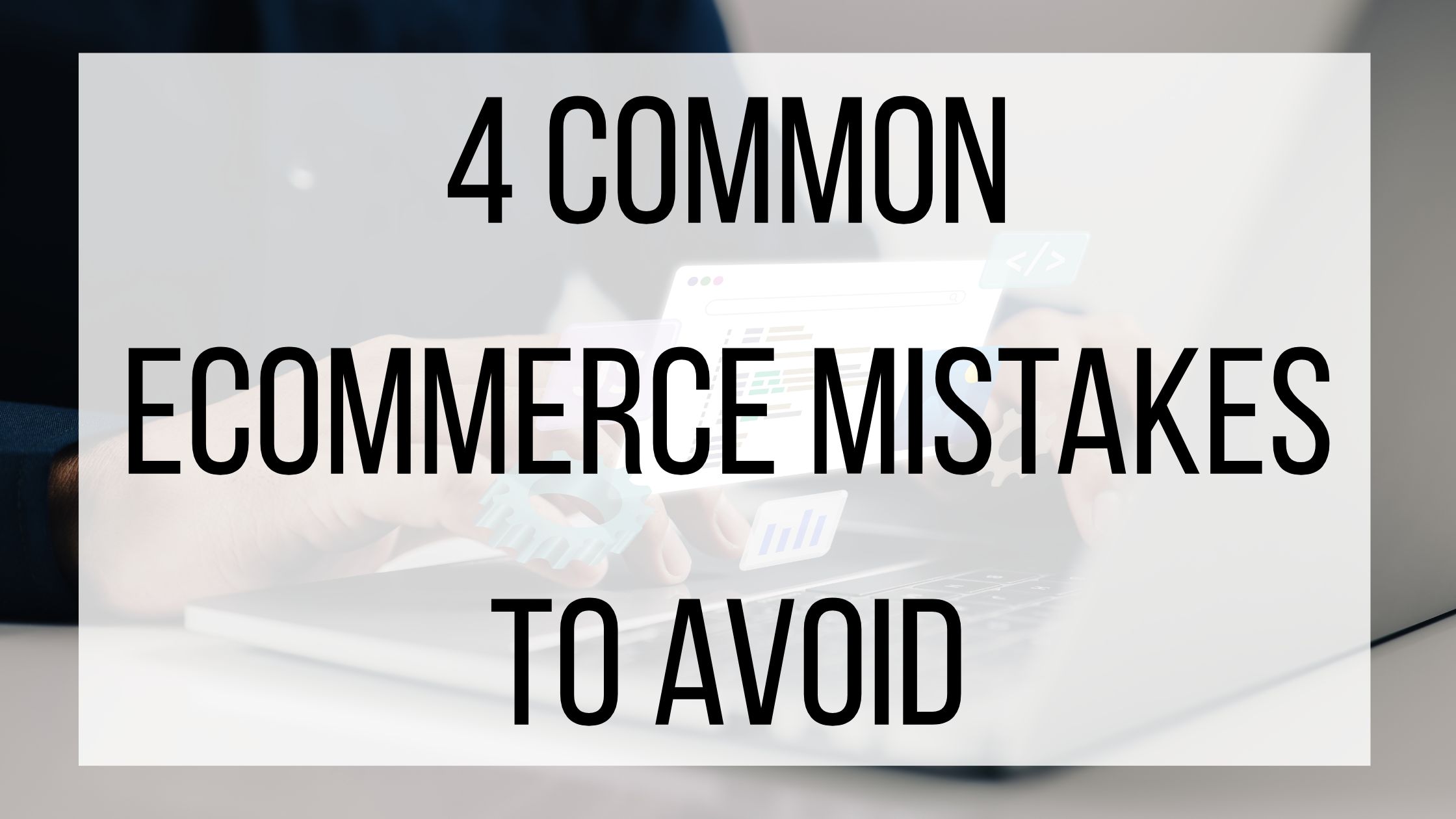How to Increase your E-mail Marketing Sign-ups!
These days, e-mail inboxes are continuously inundated with Marketing e-mails from companies of all industries. Due to the high number of e-mails consumers receive everyday, it is important that your company’s e-mail is sent with proper approval from the consumer to send said e-mail and that it is relevant to that consumer. Opt-in e-mail is a term commonly used when someone is given the option to receive e-mails from a company regarding an array of topics. Typically, there is a mailing list that is used to send out e-mails to consumers containing advertising, promotions, or company announcements. It is vital to obtain permission prior to sending any e-mail marketing to consumers; otherwise, you may become labeled as spam. If you are labeled as spam, then you will not be allowed to send anymore e-mails to the consumer that labeled you as “spam”. The key fact with opt-in email marketing is permission. The consumer must “opt-in” as the name suggests in order for this type of Marketing to work. Permission can be obtained through a variety of ways including getting them to register their e-mail when purchasing from you or offering a free item on your website if they sign-up to receive e-mails. Opt-in e-mail marketing can be a great strategy for your company as long as you do it the right way.
There is a thin line between e-mail marketing and spamming. Many people are unaware of where to draw this line and end up with a bad reputation when they inevitably spam consumers. Permission is important for a few reasons. For example, if you send an e-mail without permission, this could make the consumer very angry. They could then use social media to slander your company’s reputation. Some people strongly dislike receiving spam and may go to extremes to hurt your company. As mentioned before, once your e-mail is labeled as spam, your e-mail address and IP address can be blacklisted not only by the consumer’s e-mail, but by service providers. It is also important to note that there are many rules as to who you can contact, for how long after they interact with your company, and which messages they opted-in to receive. We will not go into too much detail regarding the rules of opt-in marketing, but it is important to note that there are specific rules that need to be followed in order to not become labeled as “spam”.
There is also a benefit to sending e-mails to customers who have “opted-in”. Typically if a customer has opted-in, they have interest in purchasing from your company in the future, if they have not already purchased from you before. Therefore, your chances of conversion are higher. For example, if you send out a Marketing campaign for Black Friday, the consumers who have showed interest and intentionally opted-in to your e-mails have a higher chance of purchasing from you on Black Friday, than the consumers who are being spammed or unintentionally signed up for your e-mail.
There are various ways to obtain permission from consumers to send them e-mail messages. Consider some of the following ways to gain permission from consumers. One way is through a sign-up form on your blog or website that consumers can fill out at their own leisure. It usually works best if there is something free being offered as well, such as a trial offer for your software or an informational webinar. If you attend a lot of trade shows or conferences, another option would be to have a sign-up form at the events and encourage people that visit your table to sign-up. A great time to get a customer to sign-up is after they complete a transaction. You can give your customers a chance to sign-up in order to receive more information about their products at checkout. Lastly, you could offer discounts to people that visit your site if they sign-up to receive e-mails from your company. Since this is a monetary offer, you will have a higher chance of obtaining e-mails.
After you determine how you will get people to sign-up, you need to determine what information you will ask them to provide. Typically, the less information you ask for, the more likely people will be to complete the sign-up. It is best to ask for basic information such as an e-mail address at first. As you become a trusted, go-to company for them, then you can ask for more information. You do not want to scare consumers off in the beginning by asking for too much information.
The last thing to cover is what should the e-mails you send consumers contain? This goes for the initial e-mail you send and the consequent e-mails that follow. Let’s start with the headline. This is the first thing the consumer will see, and as we mentioned before, their inboxes are inundated with e-mails. It needs to be concise and instantly catch their attention. It could be an individualized offer, or it could be an announcement of a sale, etc. Also, the wording of the the headline needs to make them want to open the e-mail. It should include a suggestion that they will receive a benefit if they open the e-mail. Lastly, there needs to be a call to action in the e-mail. For example, it could call them to go to your website afterward to shop using a coupon or share your company’s website on social media to receive a discount. All of these things need to be included and thought out when you are crafting a Marketing e-mail. The last thing you want customers to do is to unsubscribe, so the e-mails need to be interesting and beneficial for your customers. However, it is important to note that there needs to be an option for them to unsubscribe. If unsubscribing is difficult or impossible, your customers may become angry or feel trapped, which can lead to negative thoughts and opinions about a business and may potentially lead to negative reviews on social media. The goal is to have them so intrigued by your e-mails that they will not want to unsubscribe. You do not want to put all of the work into getting people to sign-up, then lose them right after they receive their first e-mail from your company.



